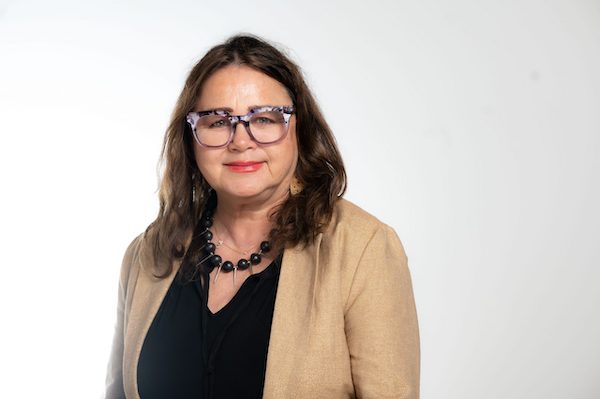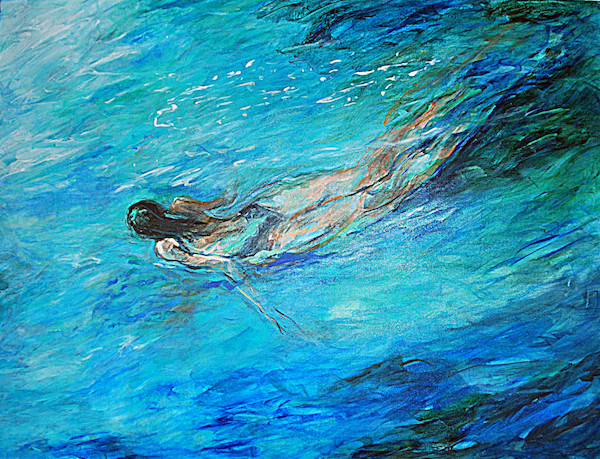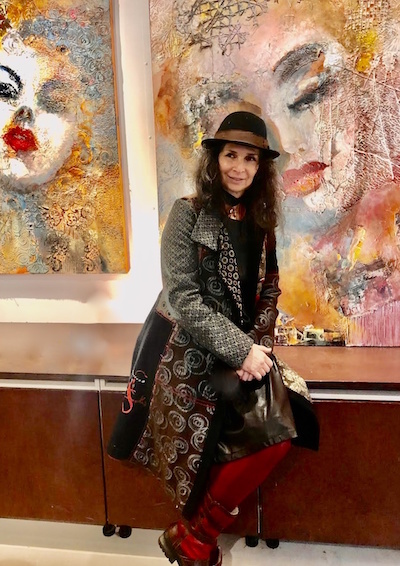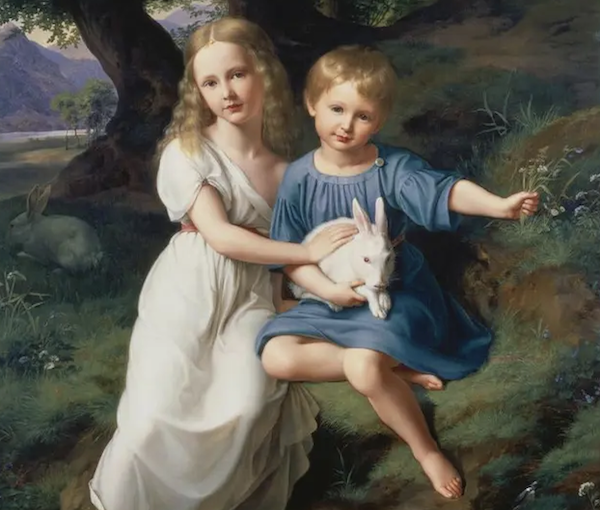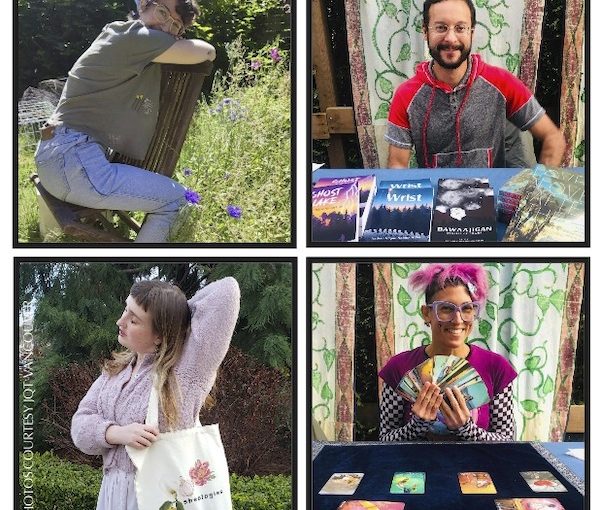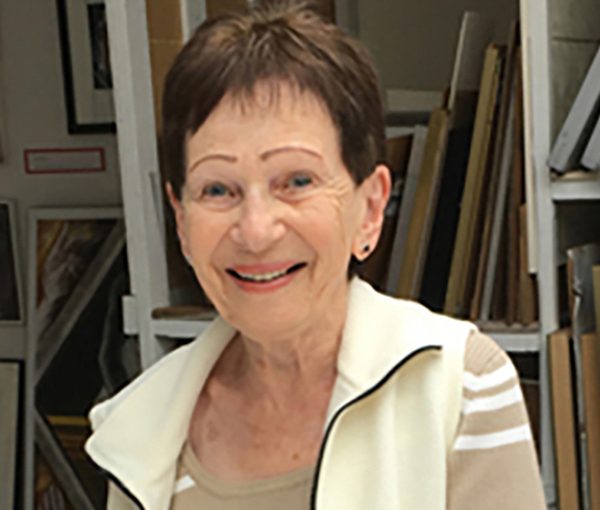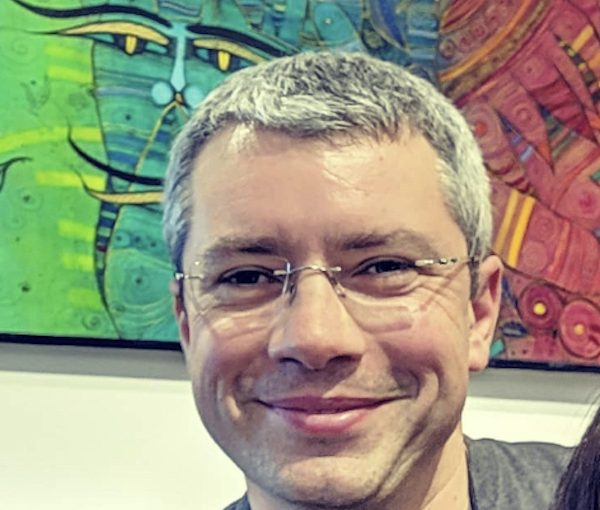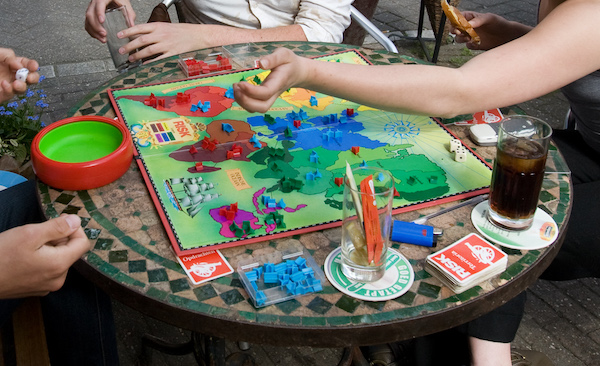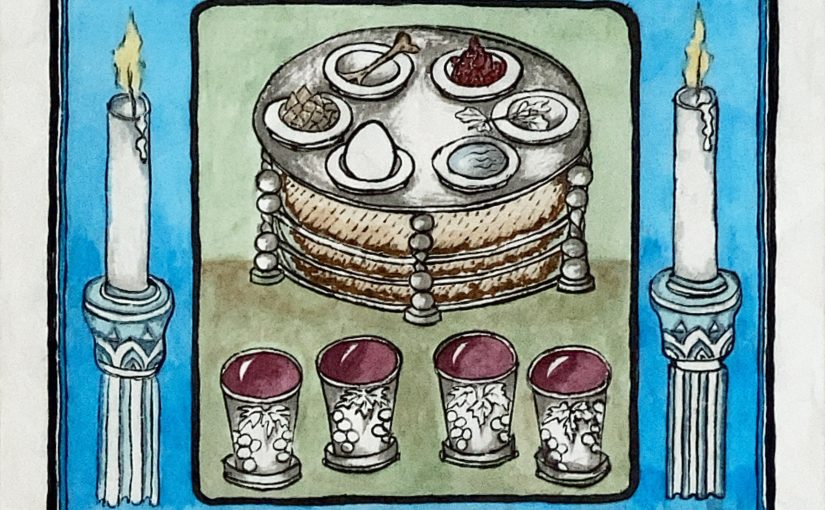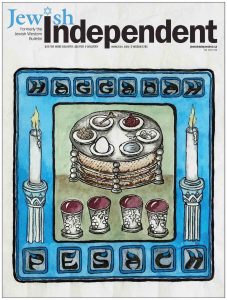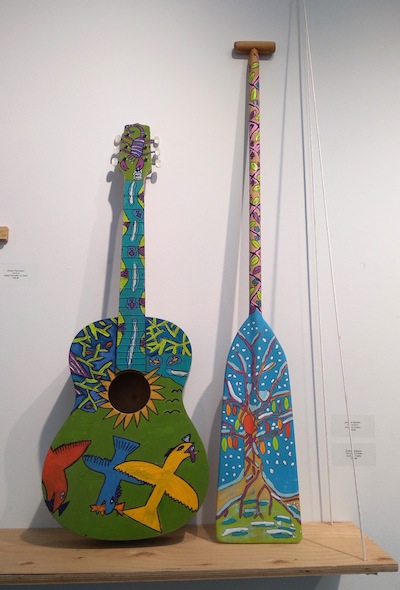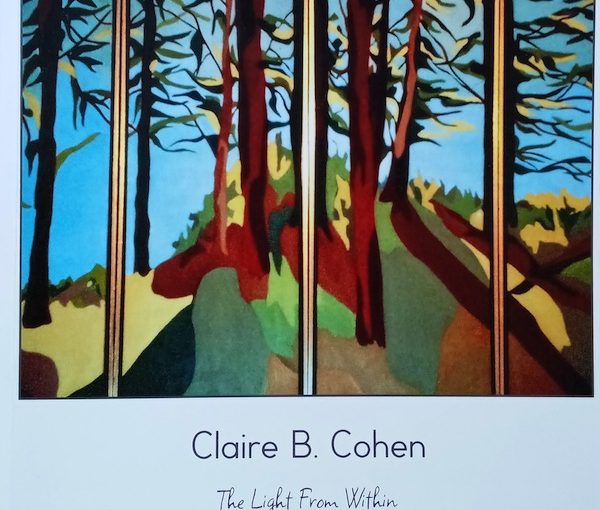Wilhelm von Schadow’s “The Artist’s Children” (1830).
The German city of Düsseldorf reached an agreement recently with the heirs of Max Stern (1904-1987), a Jewish art dealer forced to flee the city in 1937, ending a long-standing battle over the ownership of a painting, according to The Art Newspaper, which first reported the deal.
The family portrait from 1830, “The Artist’s Children,” by 19th-century Romantic painter Wilhelm von Schadow, has been held by the city since 1959, when it acquired the canvas from a private collector. It was discovered when a researcher from the National Archives in Ottawa found it in a catalogue for a 1967 Düsseldorf Museum Kunstpalast exhibition, which listed the painting’s location as the Stadtmuseum. In recent years, the Max Stern Art Restitution Project, based at Montreal’s Concordia University, and the Dr. Max and Iris Stern Foundation sought to reclaim it, contending that Stern sold the painting under duress.
Founded in 2002, the Stern Project, headed by Dr. Clarence Epstein, is seeking to track down the 220 Old Masters and Northern European artworks that formed Lot 168 in the November 1937 sale at Cologne’s Mathias Lempertz auction house, known as Auktion 392. The paintings constituted the inventory of Düsseldorf’s Galerie Stern that Nazi officials forced him to liquidate at vastly discounted prices. As well as the 1937 auction canvases, the Stern Project is seeking to regain the paintings the art dealer left with Cologne shipping agent Josef Roggendorf, which the Gestapo confiscated in 1938, when Stern was already in Britain.
As part of the agreement, Düsseldorf handed over the portrait on condition that the municipality immediately buys it back. The terms of the settlement, including how much the city paid to re-acquire the artwork, were undisclosed.
In a press release, Düsseldorf mayor Stephan Keller said he was pleased with the “fair and just solution” between the parties and that von Schadow’s artwork “will remain in Düsseldorf.” He added that the painting will go on view at the city’s Museum Kunstpalast starting in August.
Stern took over Galerie Stern on Königsallee, which was founded by his father Julius, in 1934. By order of the Nazi government, the gallery was “aryanized” in 1937. Its inventory was sold at a forced auction for a fraction of its value.
Armed with a single suitcase stuffed with his remaining possessions, Stern fled to London that year. But, in May 1940, when Hitler’s invasion of Britain seemed imminent, Scotland Yard rounded up more than 2,000 German and Austrian citizens, mostly Jews, and incarcerated them as enemy aliens. Stern was sent to an internment camp on the Isle of Man.
Hearing that some detainees were being sent to Canada to free up soldiers guarding British camps, Stern volunteered to join them. In North America, he believed, he would be well-positioned to help his mother and one sister in Britain, as well as his other sister and her family in France. But Canada, where he was greeted by bayonet-wielding soldiers, was even less hospitable than Britain. As Stern recalled years later, “We had to stage a hunger strike to convince the Canadian authorities that we were certainly not Nazis but, on the contrary, anti-Nazi.”
Held in a camp first near Fredericton, N.B., and later in Farnham, Que., he was put to work cutting down trees. Still, he remained optimistic, thankful for the food, shelter, clothing, exercise and 20 cents per day in pay. He also welcomed the opportunity to teach. Twelve years earlier, he had earned a doctorate in art history, which he put to use in classes for his fellow internees.
Stern’s talent and positive outlook caught the attention of William Birks, scion of the Montreal jewelry family, who headed the local branch of the National Committee on Refugees. Birks was openly critical of Canada’s restrictive and antisemitic immigration policy, which he called “narrow, bigoted and very short-sighted.” He believed the government should have sent trade missions to Europe to recruit men like Stern, “not wait for them to seek and beg us.” In 1941, he sponsored Stern’s release and move to Montreal.
Needing a job and hoping to assist in Canada’s war effort, Stern looked for work in an airplane factory. When he was not hired, he turned to the thing he understood best – art. “You’ll starve,” people told him, but he was certain he could be successful as a dealer in Montreal, because he had spotted a void he knew how to fill. Most of the city’s galleries were pushing stuffy 19th-century European genre and landscape paintings. No one was promoting or selling home-grown works because, as he later explained, “Canada didn’t have any confidence in its own artists.”
Stern pitched his vision to Rose Millman, who had just opened a space on rue Sainte-Catherine called the Dominion Gallery of Fine Art. Impressed by his assurance and expertise, she offered him a job for $12.50 a week. Stern said he wanted $17.50 and her promise to make him a full-fledged partner once he built up her business by conquering Canada, as he put it, “by selling Canadian artists.”
Within months, he was mounting exhibitions by contemporary Canadian painters. Over the years, they would include John Lyman, Goodridge Roberts, E. J. Hughes, Stanley Cosgrove, Jean-Paul Riopelle, and others whose names he would play a pivotal role in establishing. Stern secured their loyalty and best work by offering them monthly retainers for an agreed-upon number of works, already an established practice in France, Britain and the United States, but not yet in Canada.
Stern’s first major coup came in 1944, when he visited Emily Carr, then 72, at her home in Victoria. She showed him a room packed with 300 paintings. Struck speechless by her talent, he asked if he could mount an exhibition.
Laughing, she replied, “You will not sell a single painting.” The recipient of critical praise, Carr had yet to enjoy commercial success. “If you let me choose the paintings,” Stern replied, “I think I can make it a perfect success.”
In 1947, Stern and his wife Iris became the sole owners of the gallery.
Following the defeat of Nazi Germany, Stern endeavoured to track down his confiscated paintings. His efforts were largely unsuccessful. He died childless in 1987, and left his estate to Concordia University and McGill University in Montreal, as well as Hebrew University in Jerusalem.
The three schools later founded the Max Stern Art Restitution Project to reclaim the estimated 400 artworks lost during the 1930s. To date, the project has recovered 24 pieces, including paintings by Otto Erdmann, Nicolas Neufchatel and Jan Brueghel the Elder.
The case of von Schadow’s “The Artist’s Children” proved to be particularly complicated due to questions of provenance. When the city of Düsseldorf acquired the portrait in 1959, it was hung in the office of the city’s mayor. Decades later, when the Stern Foundation filed a claim for the artwork, it pointed out that, in 1937, Galerie Stern allowed for the piece to be reproduced in a book about paintings of children. But Düsseldorf city officials pushed back, arguing that the book did not prove the gallery owned the artwork at that point. There was no evidence of the painting being surrendered under Nazi persecution, the city contended.
In 2017, a scheduled exhibition in Düsseldorf about Stern and the Restitution Project was abruptly canceled due to local opposition, leading to intense controversy. The city’s stance apparently softened following the 2020 municipal elections.
“We couldn’t prove that it was not a restitution case, so we, as the city government, recommended to the assembly that it should be restituted,” Miriam Koch, the Düsseldorf city official in charge of culture, told The Art Newspaper. “The big parties in the city council supported restitution.”
According to Lynn H. Nicholas’ 1995 book The Rape of Europa: The Fate of Europe’s Treasures in the Third Reich and the Second World War, more than 140,000 pieces of artwork were looted under the Nazi regime. Most of them remain unclaimed.
Gil Zohar is a writer and tour guide in Jerusalem.

